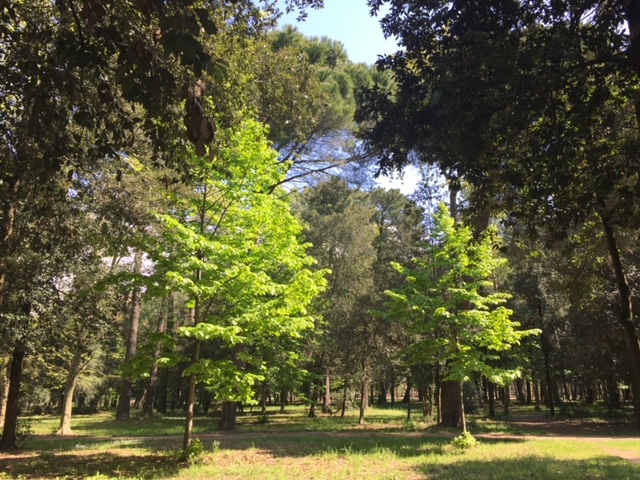by Mary Adams, AWC The Hague

Have you ever visited a place where you grew up and found that the garden is now a parking lot? All the majestic trees have been hewn? The water in the lake is polluted? How did you feel about that? I learned a new word when reading a New York Times article about Ada Limón, the US Poet Laureate.
(noun) Sol.a.stal.gia1
Definition: Derived from nostalgia, Solastalgia is used primarily to describe the negative psychological effect of chronic environmental destruction on an individual’s homeland. The condition is often “exacerbated by a sense of powerlessness or lack of control over the unfolding change process.”2
Peter Wohlleben’s book The Hidden Life of Trees helped me understand and intrepret processes of life, regeneration, and death in the forest. But Ada Limón’s poetry takes me on a different journey of discovery: How can I breathe with the trees? According to Limón:
The answer lies in poetry’s great intimacy, its invitation to breathe together. We read a poem, and we take a breath each time the poet takes a breath. We read a nature poem, and we take a breath with the trees. When the trees – and the birds and the clouds and the ants and even the bats and the rat snakes – become a part of us, too, maybe that’s when we will finally begin to care enough to save them.3
During the interview, the writer commented that Ada wasn’t merely an ambassador for how poetry can heal us, but making a powerful case for how poetry can heal the earth itself.4
The reason I am sharing this is because the concept of “breathing with the trees” through poetry fascinates me. Have you ever seen a landscape or a forest that takes your breath away? You can’t find the words? How to recover your breath? Poetry can help you name the beauty. When you can name it, that is when you connect with the earth. That is when the healing starts.
Each person can make a difference with environmentally-minded choices they make in their daily lives – and even through writing poetry. Learn more about the environment by connecting with the Environment Team.
Suggested Reading:
References:
1 Albrecht, Sartore, Connor, Higginbotham, Freeman, Kelly, Stain, Tonna, Pollard (2007). Solastalgia: the distress caused by environmental change. Australas Psychiatry. PubMed Commons
2 Solastalgia | The Bureau of Linguistical Reality
3 How to Breathe with Trees – The New York Times
4 Ibid.
Photo credit: Jocelyn Fitzgerald


